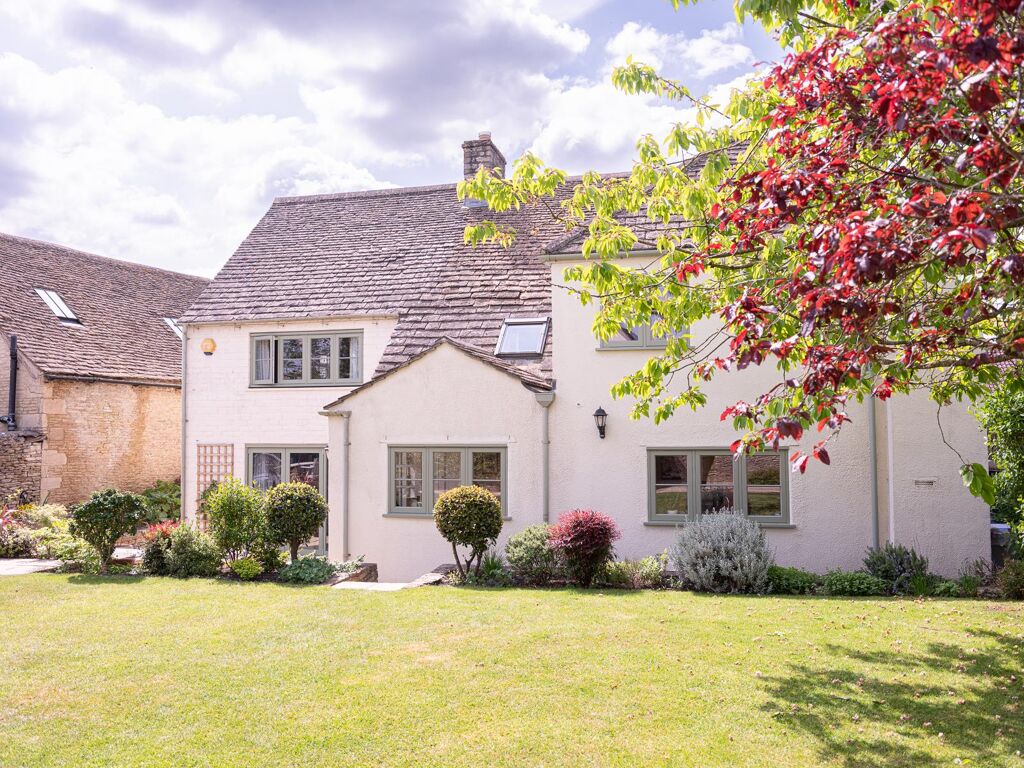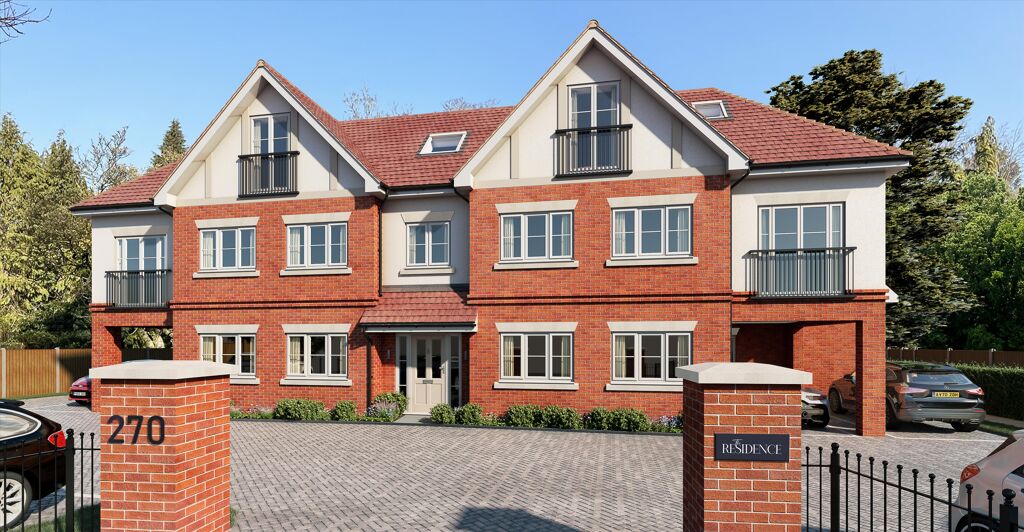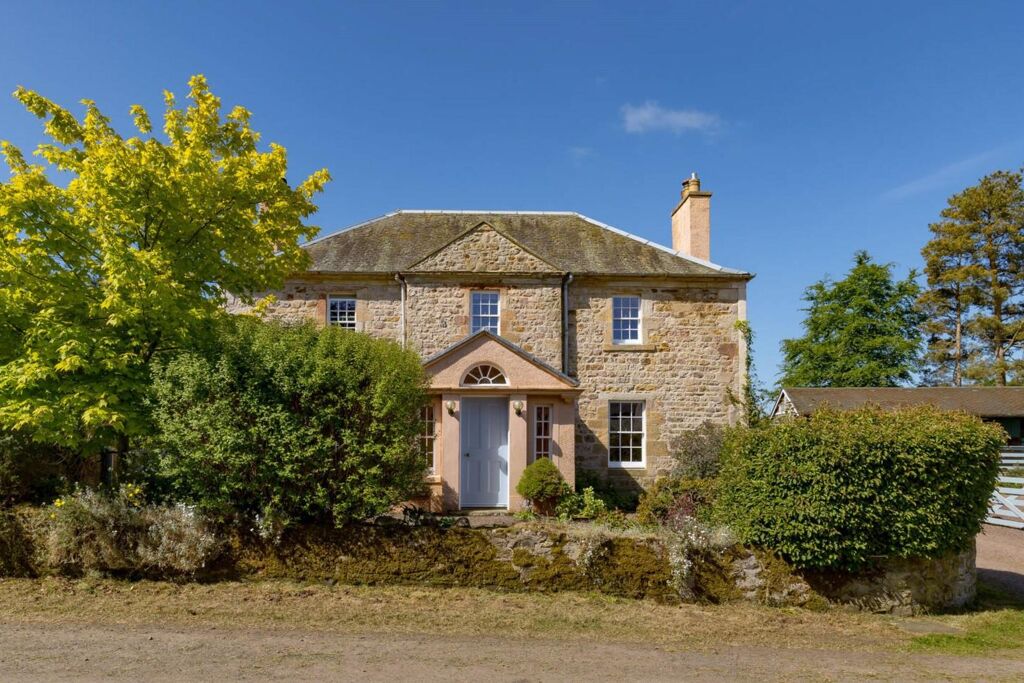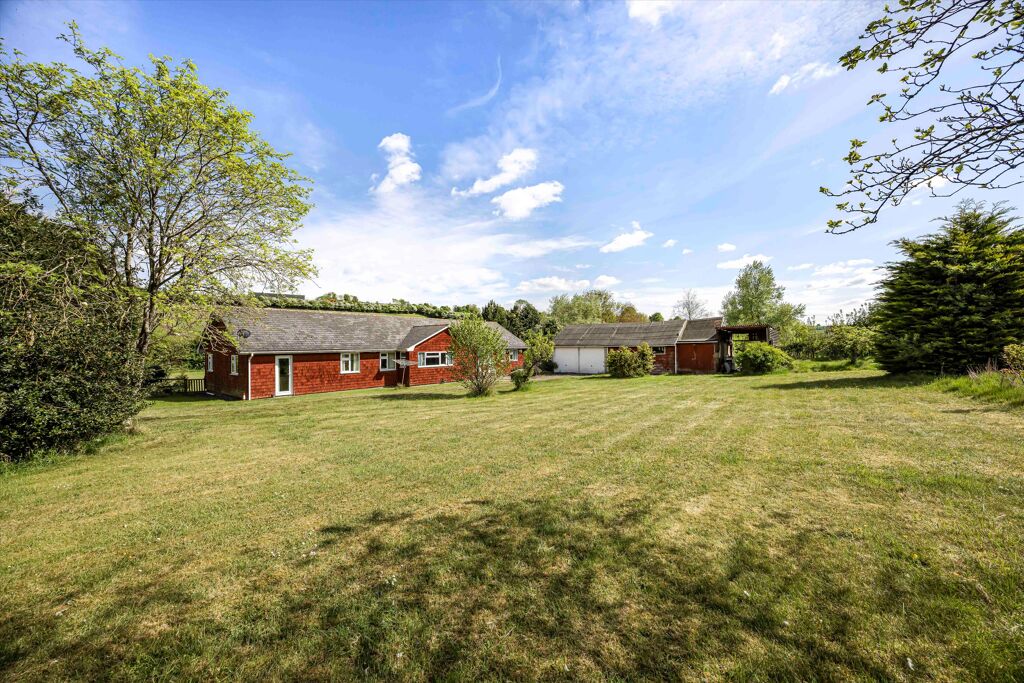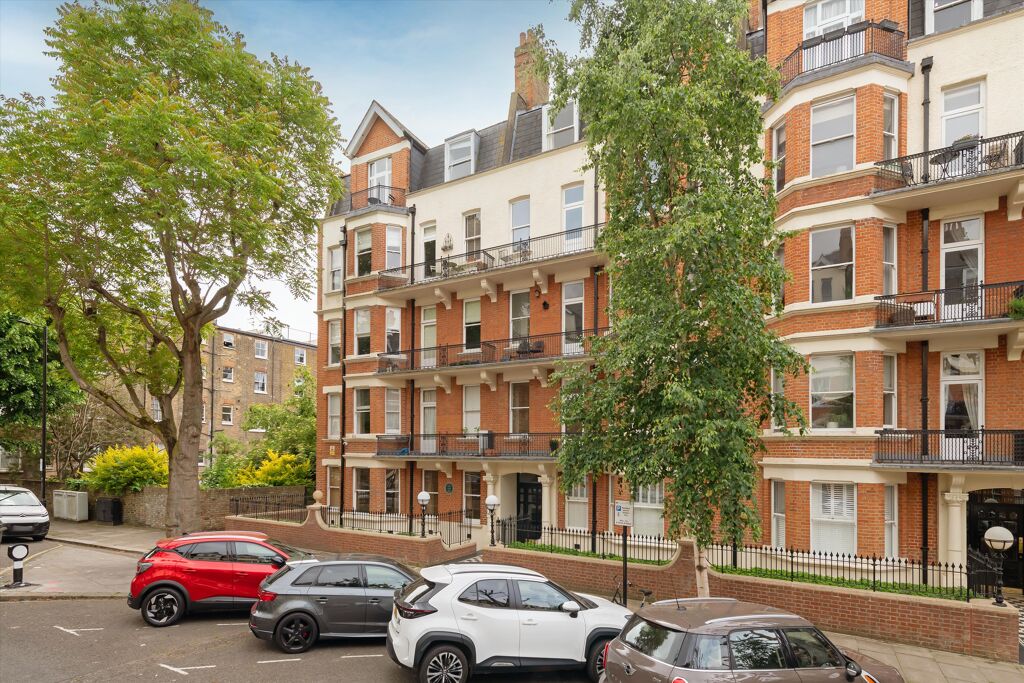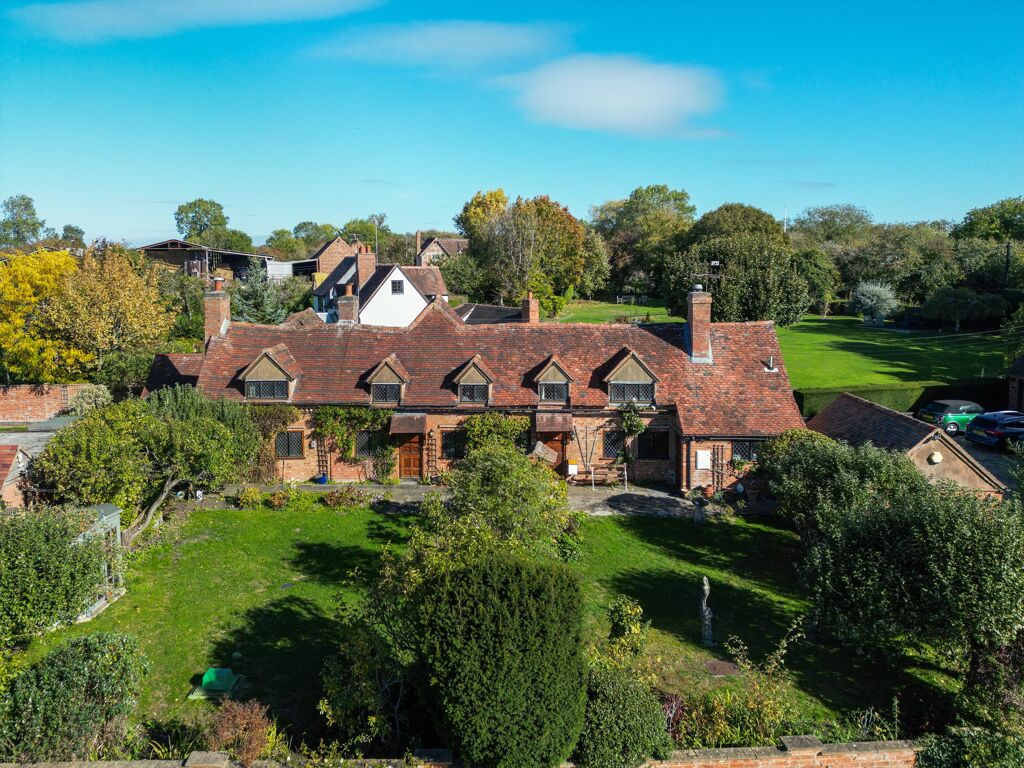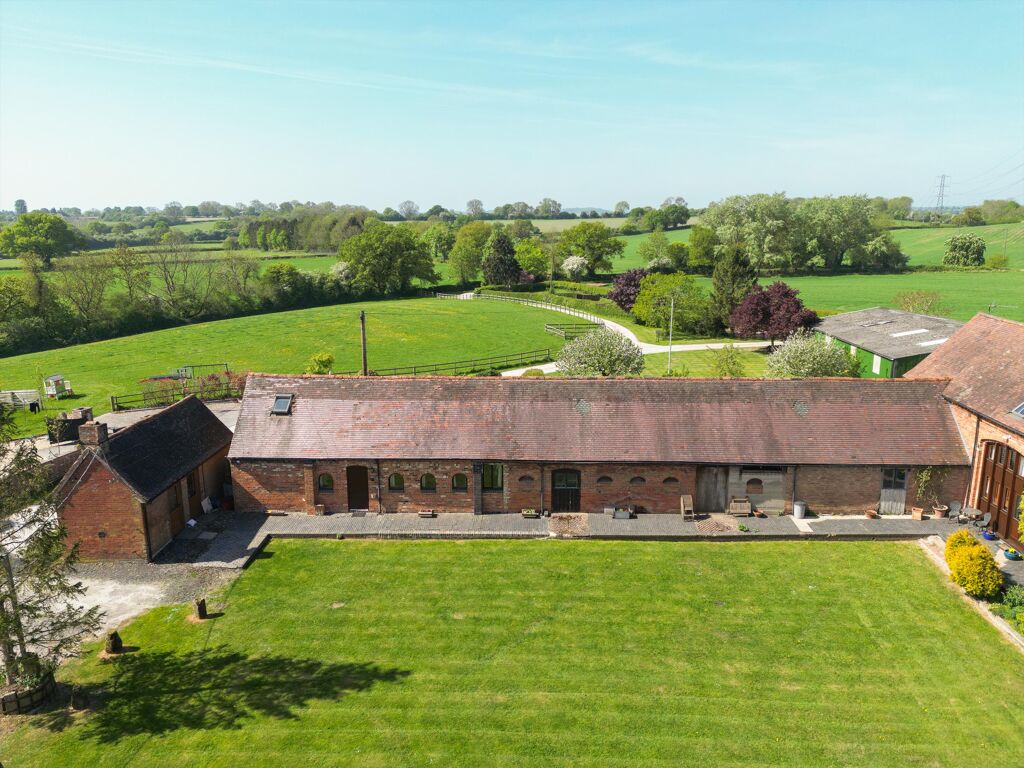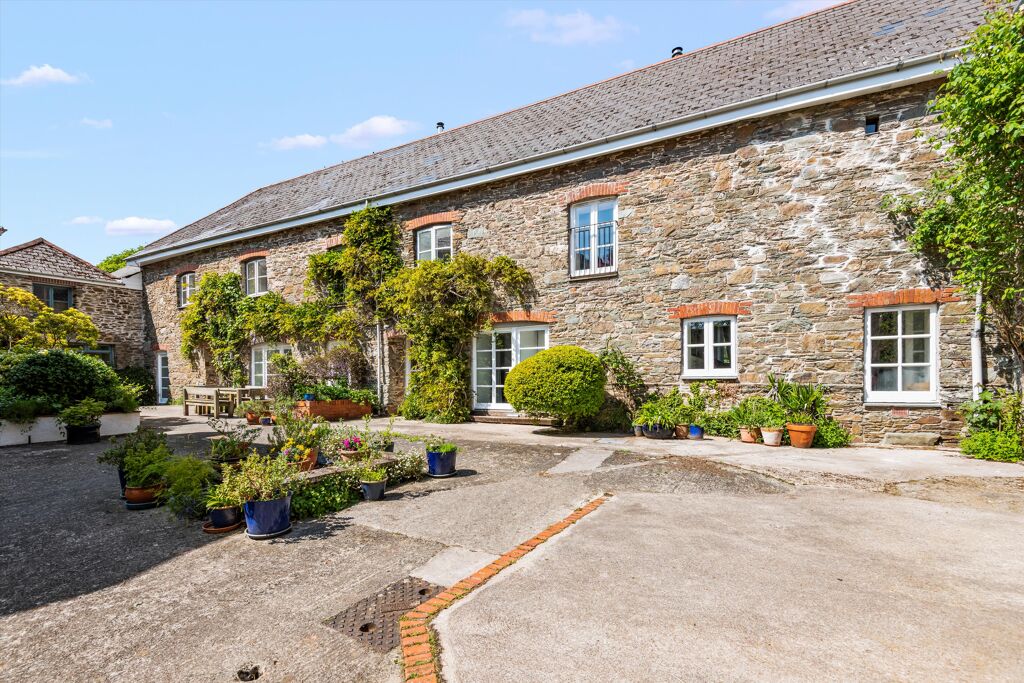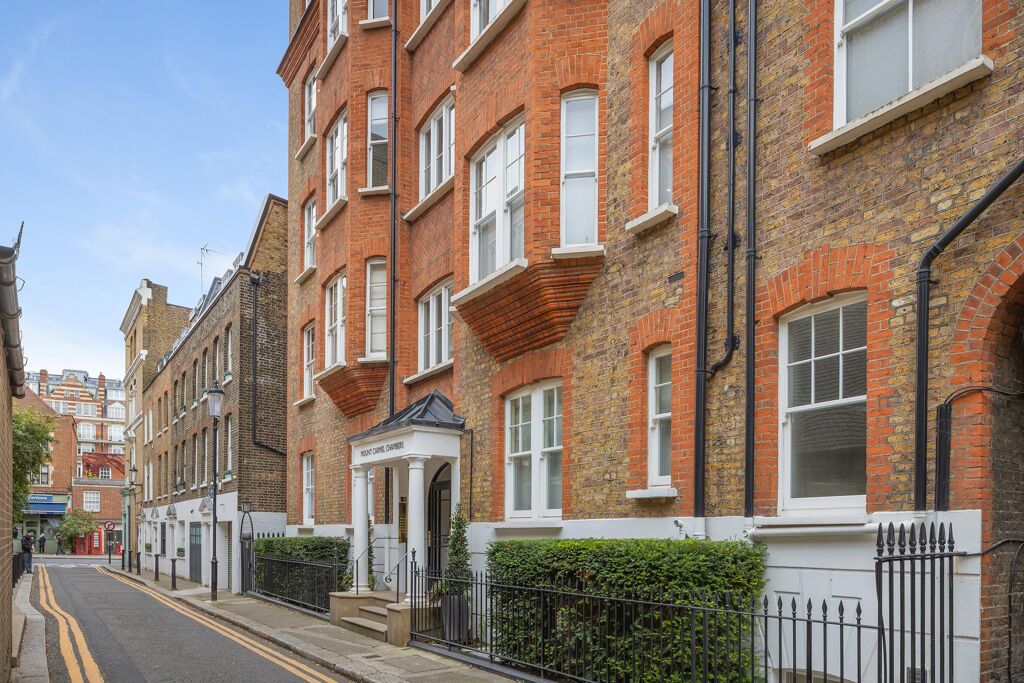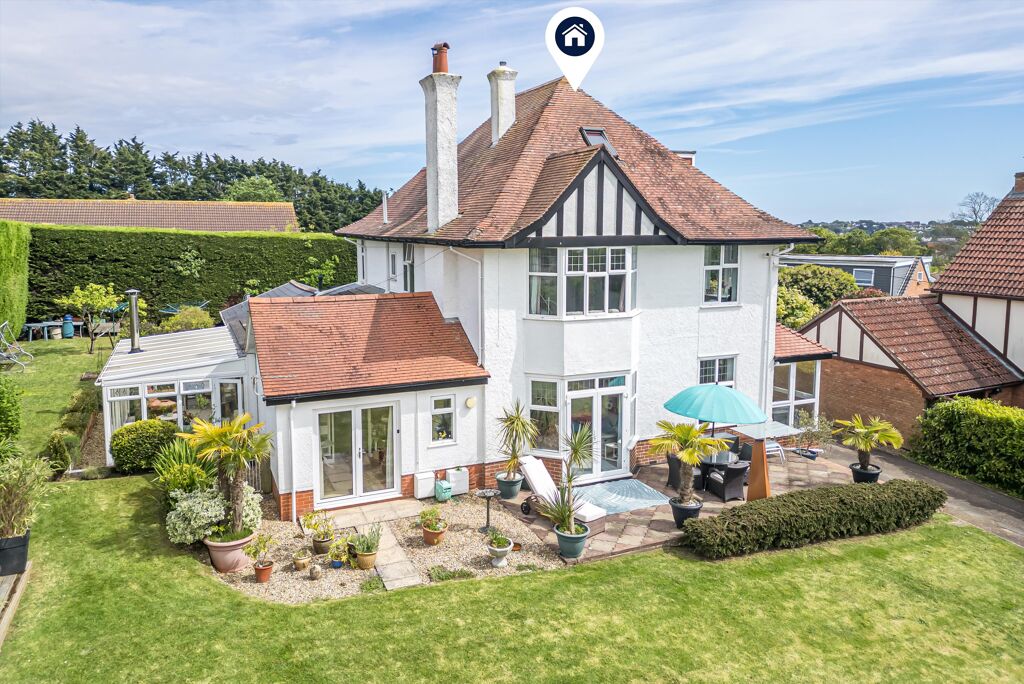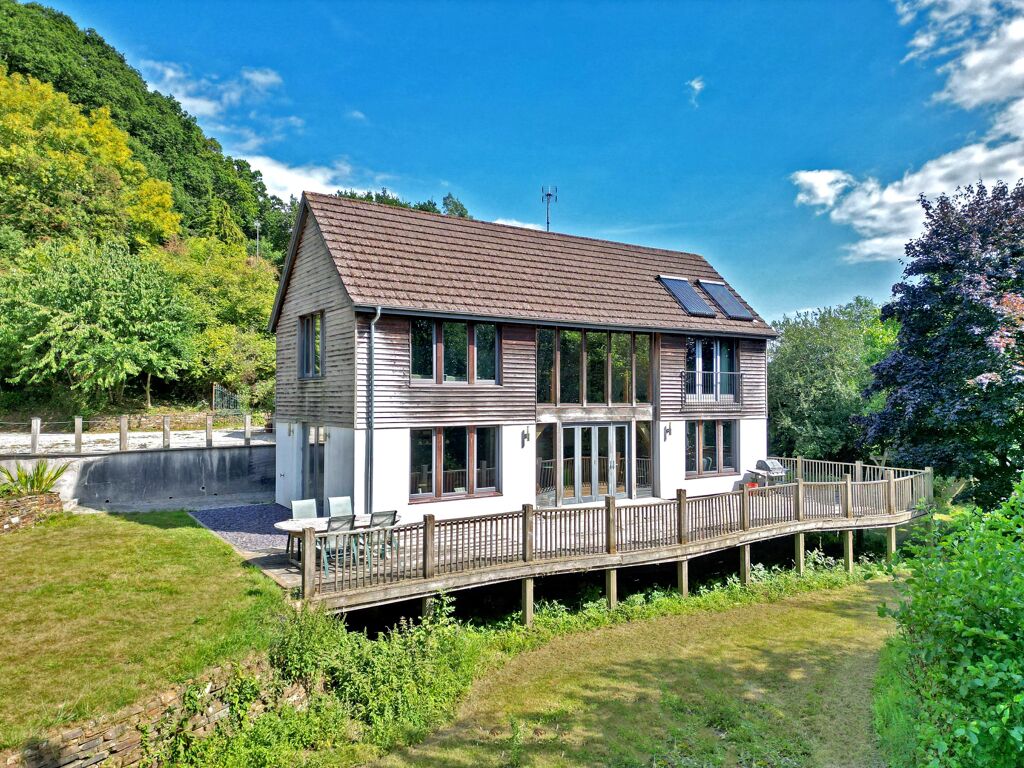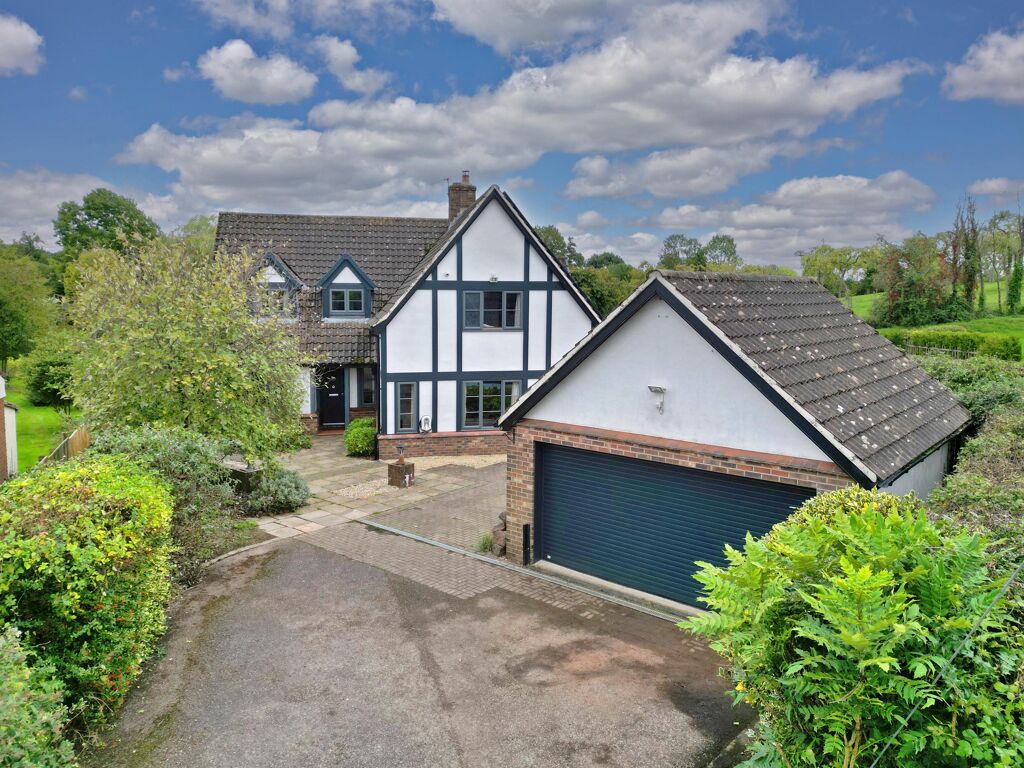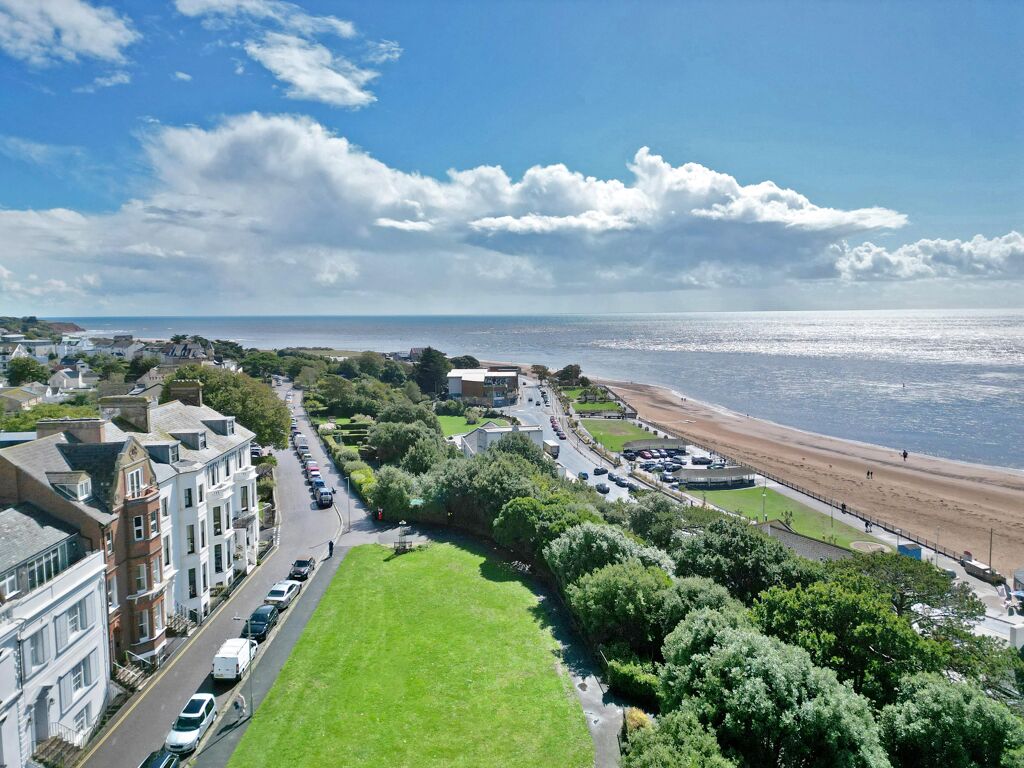
RESIDENTIAL
Buy-to-let stamp duty calculator
Calculate what you’ll owe in stamp duty taxes for a second property or buy-to-let investment.
We’re here to support you through buying an investment property by sharing insight into the buy-to-let stamp duty surcharge you’ll need to pay as part of the process.
Calculate your stamp duty by selecting the buy-to-let or additional home option.
Here are the current stamp duty rates
|
Bracket |
Standard rate |
Buy-to-let rate |
| Under £40,000 | 0% | 0% |
| £40,001 - £125,000 | 0% | 5% |
| £125,001 - £250,000 | 2% | 7% |
| £250,001 - £925,000 | 5% | 10% |
| £925,001 - £1.5 million | 10% | 15% |
| Over £1.5 million | 12% | 17% |
Stamp duty land tax (SDLT) is a progressive tax you’re required to pay when you buy a freehold, leasehold or shared ownership residential property over £125,000 in England and Northern Ireland. The rates, which are payable only on the portion of a property price that falls within each band, were updated on 1 April 2025.
From October 2024, anyone purchasing a residential property in England or Northern Ireland in addition to their main home pays an extra 5% in stamp duty tax. As stamp duty is tiered, you’ll pay a different stamp duty rate on different portions of the property’s value.
If the property is in Scotland, buyers pay land and buildings transaction tax instead. If the property is in Wales, buyers pay land transaction tax.
Disclaimer: This calculator is for general interest only and doesn’t constitute formal advice. The calculator shouldn’t be considered up to date or complete, and relates only to certain types of residential property in England or Northern Ireland. Always consult your property lawyers, accountants, or other financial advisors on tax issues.
Frequently asked questions
Here's an example of how second home stamp duty (SDLT) is calculated. If you bought a second home or buy-to-let property for £850,000, you’d pay 5% on the first £125,000, 7% on the next £125,001 to the value of £250,000, and 10% on the portion that falls above £250,001.
£125,000 x 0.05 = £6,250
£250,000 - £125,000 x 0.07 = £8,750
£100,000 x 0.10 = £60,000
Total SDLT = £75,000
If you’d like to calculate the stamp duty on a non-residential asset, such as a mixed-use property, visit our commercial stamp duty calculator.
If you own and live in a property overseas and want to buy a second home in the UK, you’ll be required to pay the increased buy-to-let rates. The definition of main residence is based on fact (where you live) rather than subject to election, which differs from other taxes. Please note, stamp duty rates are higher for non-UK residents.
Yes; caravans, houseboats, mobile homes and properties under £40,000 are exempt.
- Married couples and civil partners who own one property won’t pay the surcharge but if either of them owns more than one property both may have to pay the higher rates when buying another property.
- If parents purchase a property for their children in their name and already own their home, they’re eligible to pay the surcharge, but if parents gift money towards a deposit but don’t jointly own the property with their child, the higher rate doesn’t apply.
A non-UK resident is defined as an individual who isn't present in the UK for at least 183 days (6 months) during the 12 months before your purchase. In April 2021, a 2% stamp duty surcharge for overseas buyers purchasing residential property in England and Northern Ireland was introduced. The surcharge applies to any type of non-resident buyer (company or individual), subject to a few exceptions for specific collective investment vehicles, such as real estate investment trusts (REITs). The surcharge is levied in addition to the 5% buy-to-let and second homes charge, the flat 17% stamp duty rate on purchases worth more than £500,000 by companies acting as envelopes, and the existing stamp duty rates for home buyers.
Yes. It’s best to speak to a professional mortgage provider to see if you qualify.

Knight Frank Finance negotiates attractive mortgage finance terms from its established network of lenders, often securing terms unavailable elsewhere.
